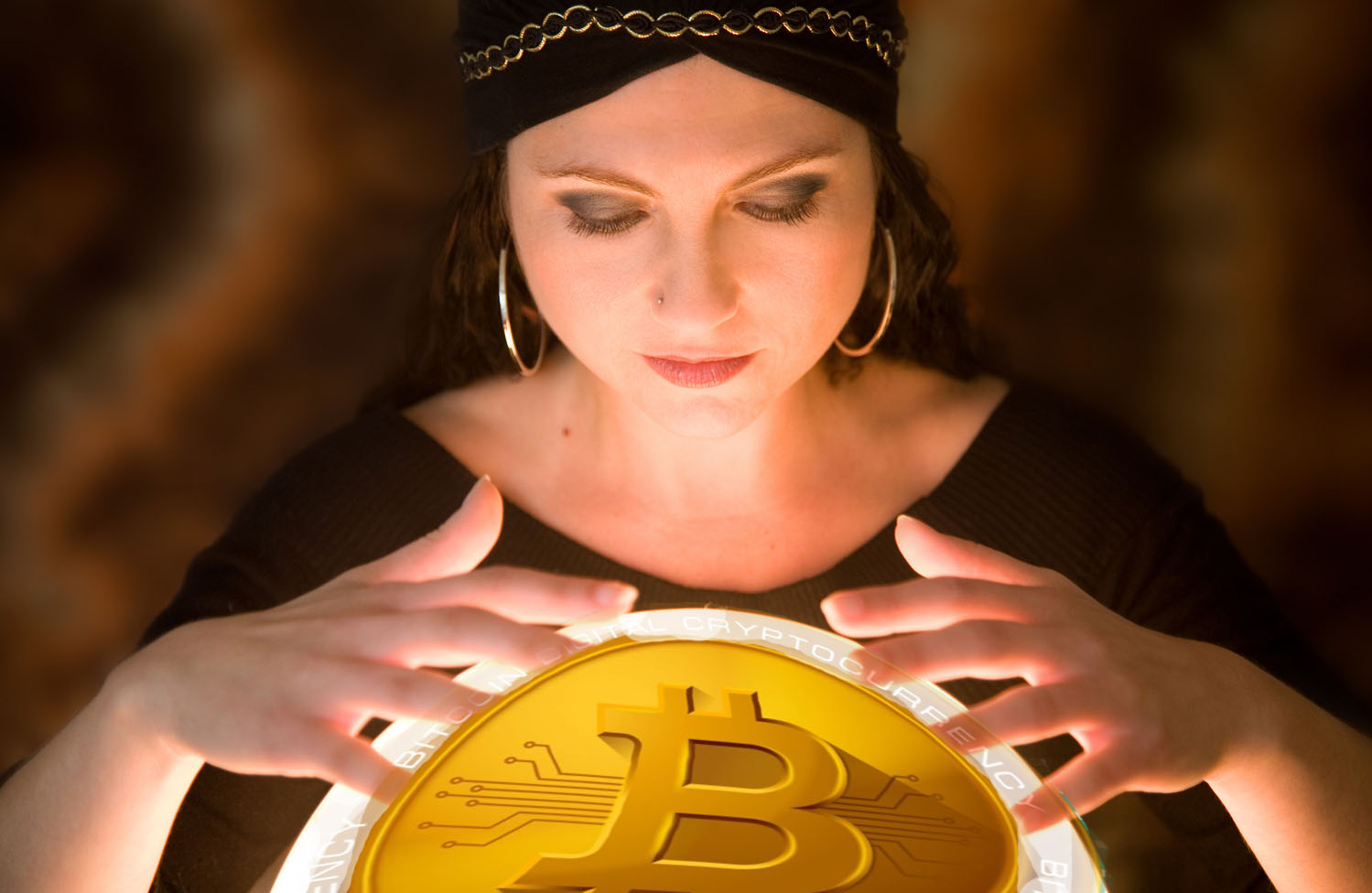Nearly a decade has passed since Nakamoto released the fabled white paper describing the primordial framework of a peer-to-peer currency network. At the time, an anonymous cryptographer, with the pseudonym of Satoshi Nakamoto, was furious with the fact that consumers were slowly being falling prey to the inefficacies of banks and other financial institutions. Nakamoto wrote that “commerce on the internet [had] come to rely almost exclusively on financial institutions as trusted third parties to process electronic payments,” and this nurtured dependence would ultimately lead to a fiscal downturn. With a P2P currency network that kept records of every transaction, banks were no longer needed and the era of decentralized currency was on the rise.
Several years ago, it was reported that of the 21 million bitcoins in existence, approximately 17 million had already been mined, indicating that given its limited supply, it had boundless monetary value. Bitcoin’s (BTC) initial coin offering (ICO) was valued at less than $1000 per coin, and in a few short months, it was trading at almost $20,000 per coin, according to CoinDesk.
However, as we have seen, Bitcoin’s (BTC) value had continued to depreciate from being tased at $19,783.06 per coin in December 2017, to $6,284.84 as of Tuesday. In countries like the US and Israel, both blockchain industry hubs in their own right, banks have denied their account holders access to their accounts when they’ve tried to deposit liquidated funds from crypto transactions, resulting in one of the many reasons why cryptocurrencies have been on a steady decline.
While many analysts in the crypto space believe this non-action, like Jordan Belfort in the one scene of “Wolf of Wall Street,” is not bleeping leaving, others are insistent that Bitcoin (BTC) and its rag-tag team of various cryptocurrencies are about to hit 88mph and show us some serious stuff.
After suffering a seemingly endless period of time spent in a bear market, perhaps it is time for Bitcoin to give investors a break. Recently, Bitcoin’s (BTC) volatility has slowed down to a crawl. In a post on Seeking Alpha, Victor Dergunov, founder of Albright Investment Group, explains that “despite the tame atmosphere surrounding Bitcoin, for the time being, this is predominantly likely just the calm before the storm, a storm that is likely to lift Bitcoin (BTC) prices substantially higher over the next several years.”
Dergunov presents an interesting point. This isn’t the first time Bitcoin (BTC) volatility has been relatively uninteresting, most likely due to the nature of Bitcoin (BTC) bear markets. He continues to suggest that the current “quiet period” for Bitcoin (BTC), replete with dwindling interests from investors, less prevalence of crypto in the news, and a general discontent with cryptocurrencies, should be treated as an indicator of the next Bitcoin (BTC) bull market.
At the Web Summit conference held last week, VC investor Tim Draper spoke on his predictions for Bitcoin heading into the new year. Draper’s prediction suggests that the price of Bitcoin (BTC) will reach $250,000 per coin by April 2019.
“Yes. We are talking […] about five percent market share to get to $250,000. That seems like a drop in a bucket and what we all need to really do is make it so that Bitcoin can be used to buy Starbucks coffee, and all of a sudden the world just opens up and then they say “I’ve got this choice. Do I want a currency that I can take from country to country or do I want one that sticks me in one country or one geographic area and I can’t use it anywhere else..”
-
Tim Draper, Venture Capital Investor, Draper Fisher Jurvetson
Draper’s prediction for Bitcoin (BTC) 2019 may be a bit of a stretch, he premonitions are thought-provoking for sure. In order for Bitcoin (BTC) and other cryptocurrencies to thrive in the market, industry leaders across all sectors will need to take cryptos more seriously. The potential that decentralized currency presents in astounding, but its efficacy will remain stagnant until cryptocurrency can be used as an acceptable form of payment in coffee shops, restaurants, and car dealerships.





